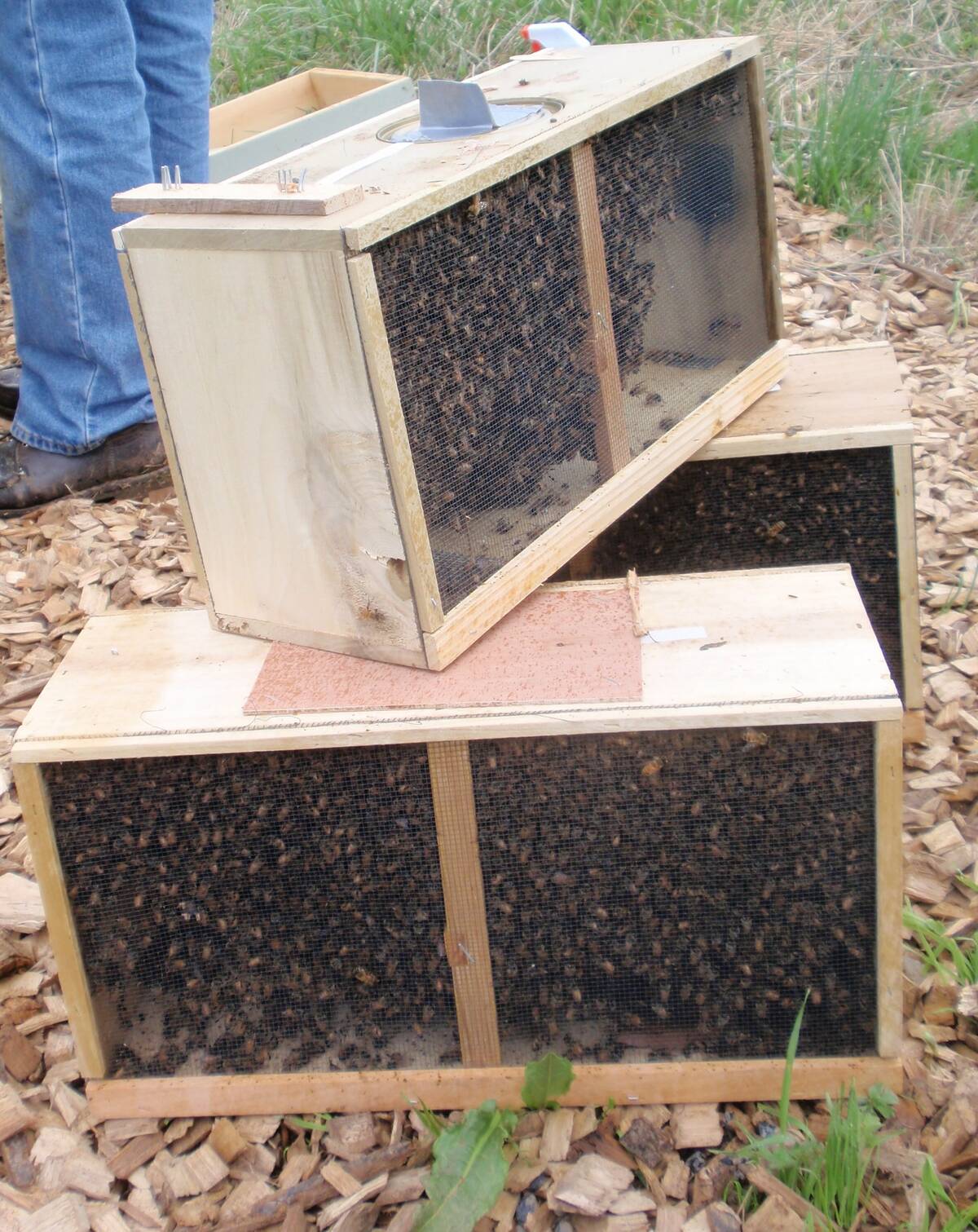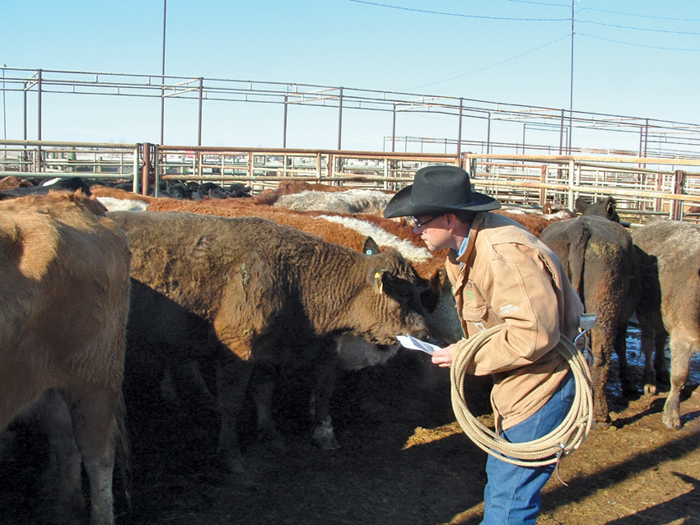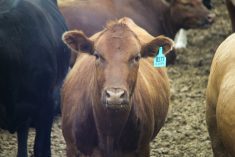Alberta’s livestock inspection and identification organization says declining operating dollars, fewer staff, and losing its chief operating officer won’t stand in the way of meeting the needs of this province’s cattle producers.
That confidence is particularly important right now, given the federal government’s anticipated regulatory amendments requiring national cattle movement reporting and the world market’s increasing demands for livestock traceability.
“Significant streamlining would sum up what we’re doing, yes,” said Phil Rowland, chair of the board of directors of Livestock Identification Services (LIS).
Read Also

Canadian beekeepers call for regulatory accountability
Beekeepers say the Canadian Food Inspection Agency should restore U.S. packaged bee shipments, claiming the agency isn’t following evidence.
“With the current numbers of cattle, the fee we can charge and the availability of staff, there are real limitations on how much we can expand. What we’re focusing on is doing the very best job of what it is we’re supposed to do in the first place.”
“You can only get so far ahead, otherwise you forget what got you where you are,” added Adrienne Waller, the organization’s legal counsel and one of the four-person management team that replaced former chief operating officer Scott Postlewaite when he resigned in April. “You have to continue to take care of and enhance the current business.”
The agency is a non-profit organization that administers the Livestock Identification and Commerce Act and the Stray Animals Act.
Off the table, at least for now, are previous research and development projects on ultra-high-frequency livestock ear tags and a disease-modelling database.
Instead, the organization is focusing on ensuring Alberta cattle producers meet, as easily as possible, livestock movement and traceability regulations being developed by both the provincial and federal governments.
“It’s not going away. Producers fight traceability because it’s a regulatory burden, but it’s never going away,” said Shawn McLean, IT manager and the current chair of the four-person management team.
- More from the Alberta Farmer Express: Cattle theft a reminder of the need to brand cattle and keep a close watch
“Our job is to respond to regulatory changes to make sure that Alberta cattle producers don’t have any more burden than necessary.”
The federal government has not yet released an official timeline for when the new cattle traceability regulations might come into play, though the LIS officials said they expect it will be within the next two years. Waller said the federal government recently commissioned the Farm Health Coalition to complete another step in the process: a demographic study on how cattle, bison, sheep, farmed deer, farmed elk, and goats move in Canada.
In response to the upcoming changes, the organization is dusting off its earlier work on a web-based electronic manifest system to enable Alberta cattle producers to better respond to the upcoming regulatory changes.
“Our electronic manifest got pushed to the side through the change in leadership,” said McLean. “We’re looking at it again now to get our ducks in a row before we have to swim.
“When the federal government comes to us, we plan to be ready with a new web-based e-manifest. It appears the federal regulations will be quite comprehensive, requiring every producer to record all livestock movement into some kind of a federal database. We’re preparing to help fill in that data to make it as easy as possible for producers to fulfil any new regulations.”
The organization is also looking to align with its livestock inspection counterparts in B.C. and Saskatchewan to streamline inspection processes and reduce movement costs to producers.
A successful e-manifest and increased interprovincial synergies won’t be the first producer-friendly initiatives undertaken by the organization.
Requiring proof of ownership before LIS signs off on inspection and authorizes a livestock ownership transfer thwarts fraud, which Rowland estimates would be about $5 million higher annually if not for the organization. It also pays for two RCMP officers who serve as livestock investigators for criminal and regulatory investigations. And it acts as secretary for the Livestock Assurance Funds Tribunal, which protects sellers from non-payment by authorized livestock dealers and gives lending agencies more confidence when making loans.
“We bring several million dollars a year of value to the industry, much more value than we cost the industry, that’s for sure,”said Rowland.
And that’s in the good times. In the bad times, as evidenced by the bovine spongiform encephalopathy outbreak in 2003, LIS is even more vital to the industry.
“There were 18 cases (of BSE-inflicted cattle) since 2003,” said Rowland. “All of those were traced by CFIA using the livestock movement records kept by LIS. It could be argued that even though it was very slow getting our beef back into world markets, it was much faster than it would have been if LIS hadn’t had the information it did.”
“I hope cattle producers see us in a positive light,” added McLean. “We are certainly working on their behalf. We’re kind of like policemen — you never like to see a policeman when you’re speeding, but you definitely want him around when someone breaks into your house.”















